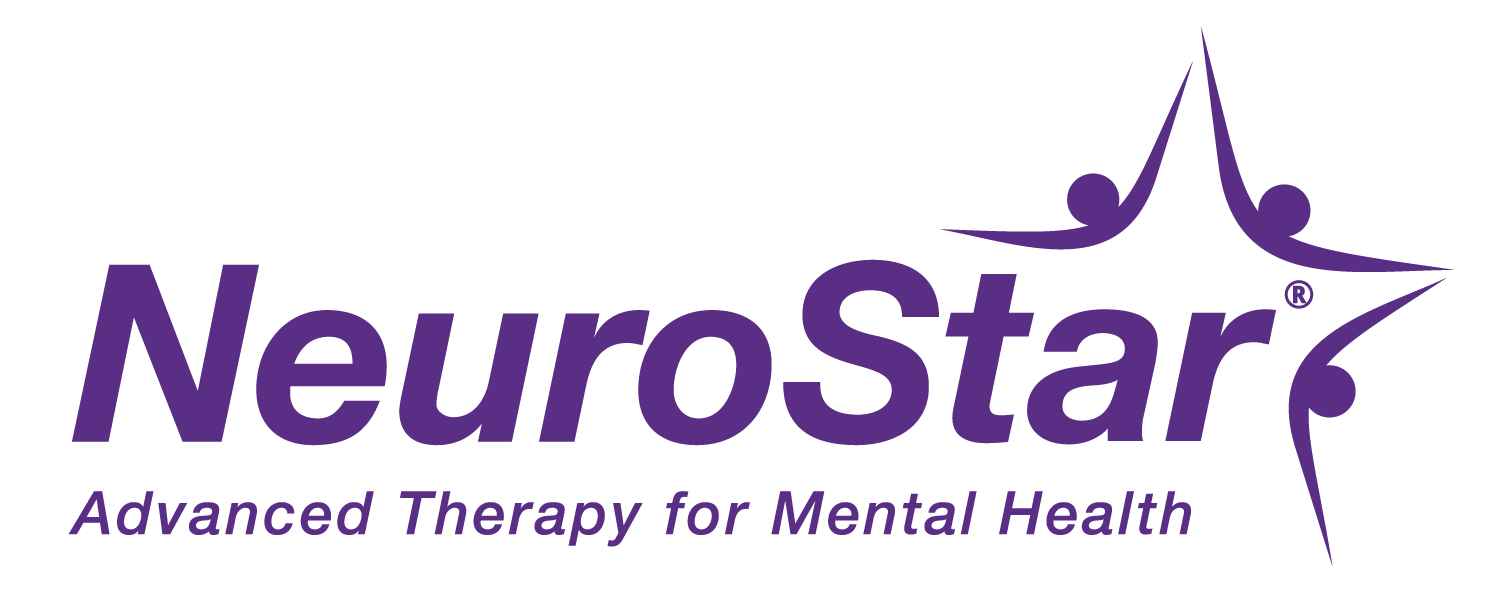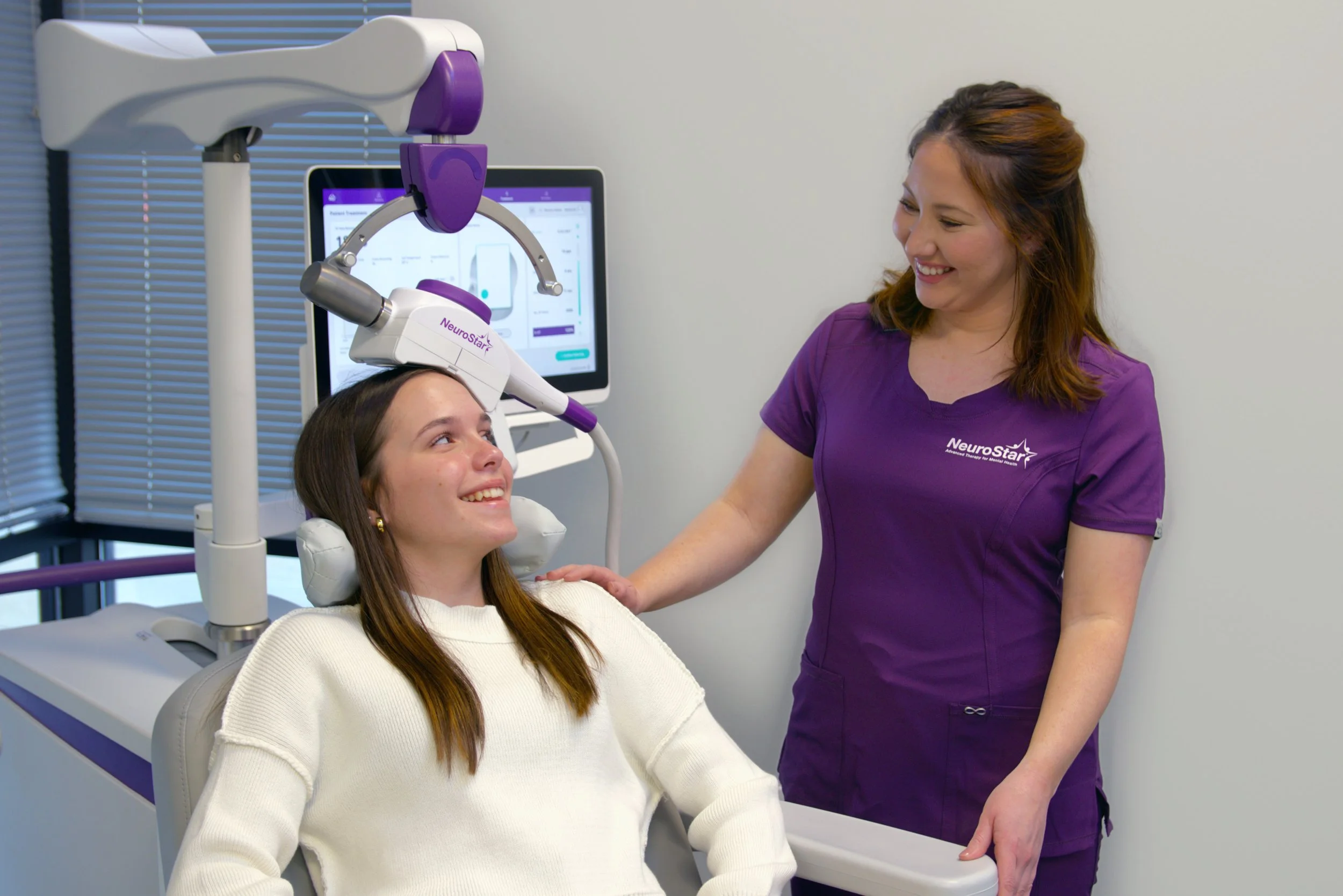Transmagnetic Cranial Stimulation (TMS)
What is TMS?
TMS is a non‑invasive (that means no surgery, no cutting) treatment option for people whose depression or other mood conditions haven’t fully improved with medication or talk therapy.
During a session, you’ll sit in a comfortable chair while a small device (a magnetic coil) is placed lightly against your scalp. That device sends magnetic pulses into parts of your brain that are linked to mood regulation and emotional health. You’ll be awake, alert, and able to go back about your day when you’re done—no sedation, no long recovery.
Many people describe feeling a light tapping or clicking at the start of the session—that’s normal. The goal is to “wake up” brain circuits that have become under‑active and gently help them reconnect.
When certain brain regions involved in mood and emotion aren’t working at full capacity, symptoms like depression, anxiety or low energy can remain even when you’ve tried other treatments. TMS helps by directly stimulating those areas—re‑activating connections and helping your brain’s mood‑regulating systems get back on track.
Because you’re awake and able to return to your usual routine afterward, TMS allows you to keep living your life while you’re getting treatment—this makes it easier to integrate into daily living.
For many, TMS offers hope when standard medications haven’t brought sufficient change—offering a new path to support, not a last‑ditch throw.
How Does TMS Actually Help?
How is TMS Different from ECT?
While both TMS and ECT are brain‑stimulation treatments for mood disorders, they differ significantly in how they’re delivered and experienced:
TMS uses magnetic pulses, while ECT uses electrical currents and induces a brief seizure under anesthesia.
With TMS you stay awake and alert, with minimal downtime. With ECT you usually need to be sedated, possibly require someone to drive you home and may have more recovery time.
TMS tends to have fewer and less severe side‑effects (such as memory problems) compared to ECT.
ECT is often used when a person’s depression is very severe, rapidly worsening, or hasn’t responded to numerous other treatments. TMS is typically used when medications or therapy haven’t been enough—but the person can tolerate a less intensive treatment schedule.
Why Neurostar Stands Out in TMS Treatment
It’s precise: The system uses a figure‑8 coil and proprietary Contact Sensing technology to ensure each session hits the right spot and dose for you.
It’s non‑medication and non‑surgical: You’re awake during sessions, there’s no anesthesia, and you can return to regular activities right afterward.
It’s well‑supported by clinical data: For patients who haven’t found relief with traditional therapies, NeuroStar shows high response and remission rates.
It’s flexible and insurance‑friendly: Many major insurance plans—including Medicare—cover NeuroStar for appropriate candidates.
If you’re exploring brain‑based treatments for depression or another mood concern, NeuroStar offers a scientifically backed, comfortable alternative that meets you where you are—and supports a pathway toward lasting change.




